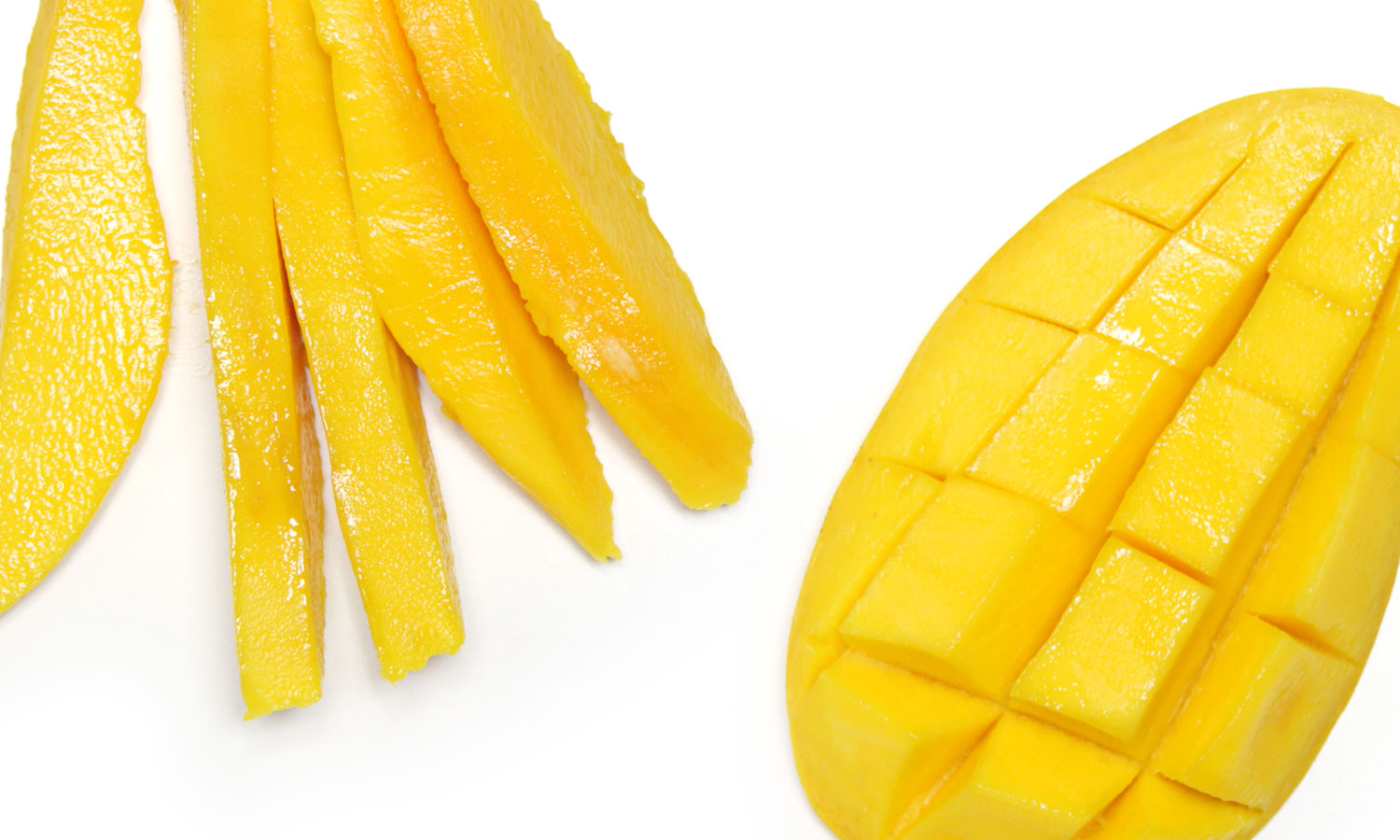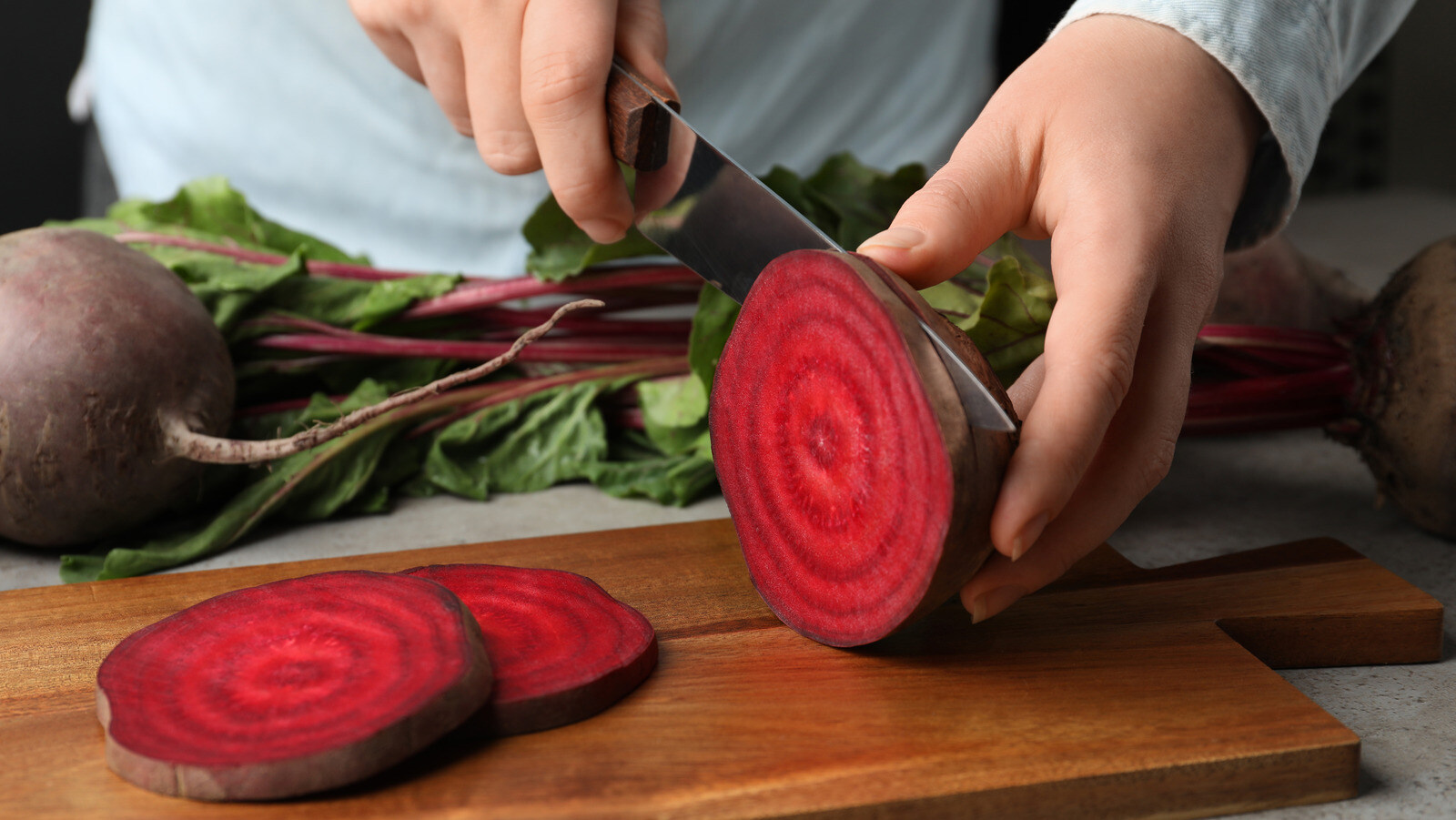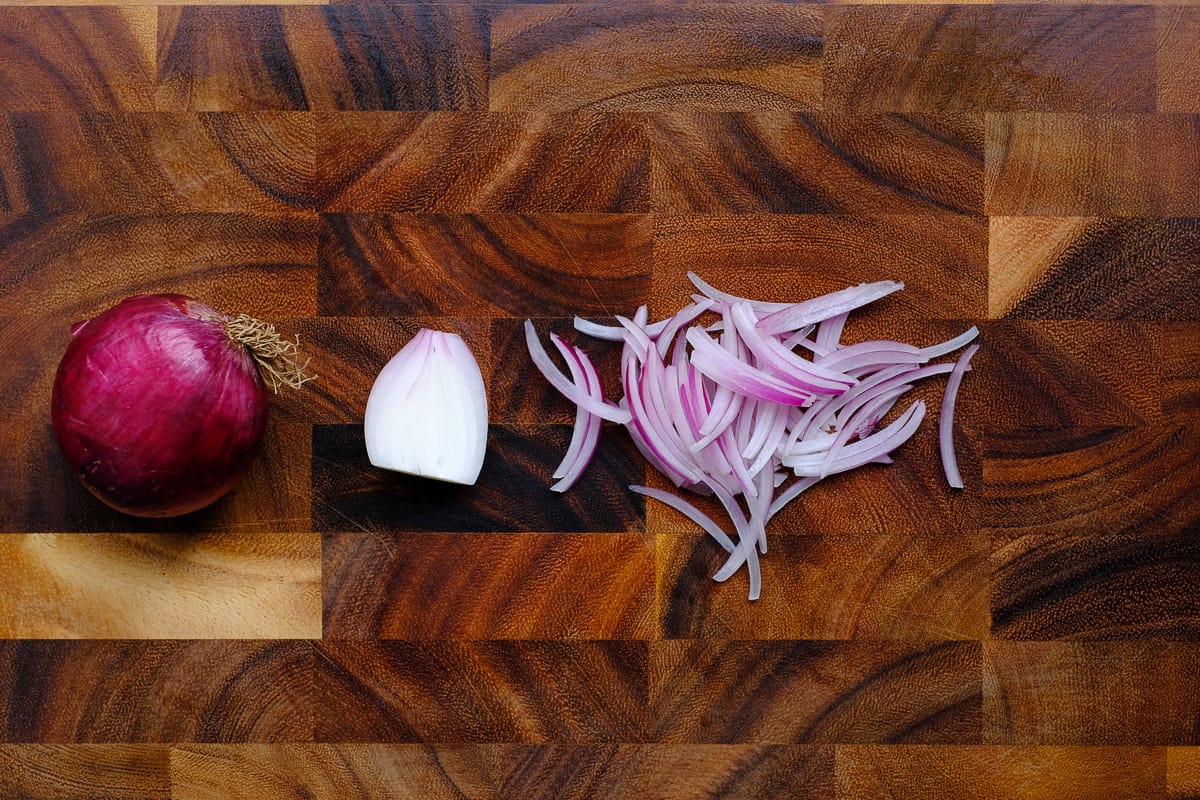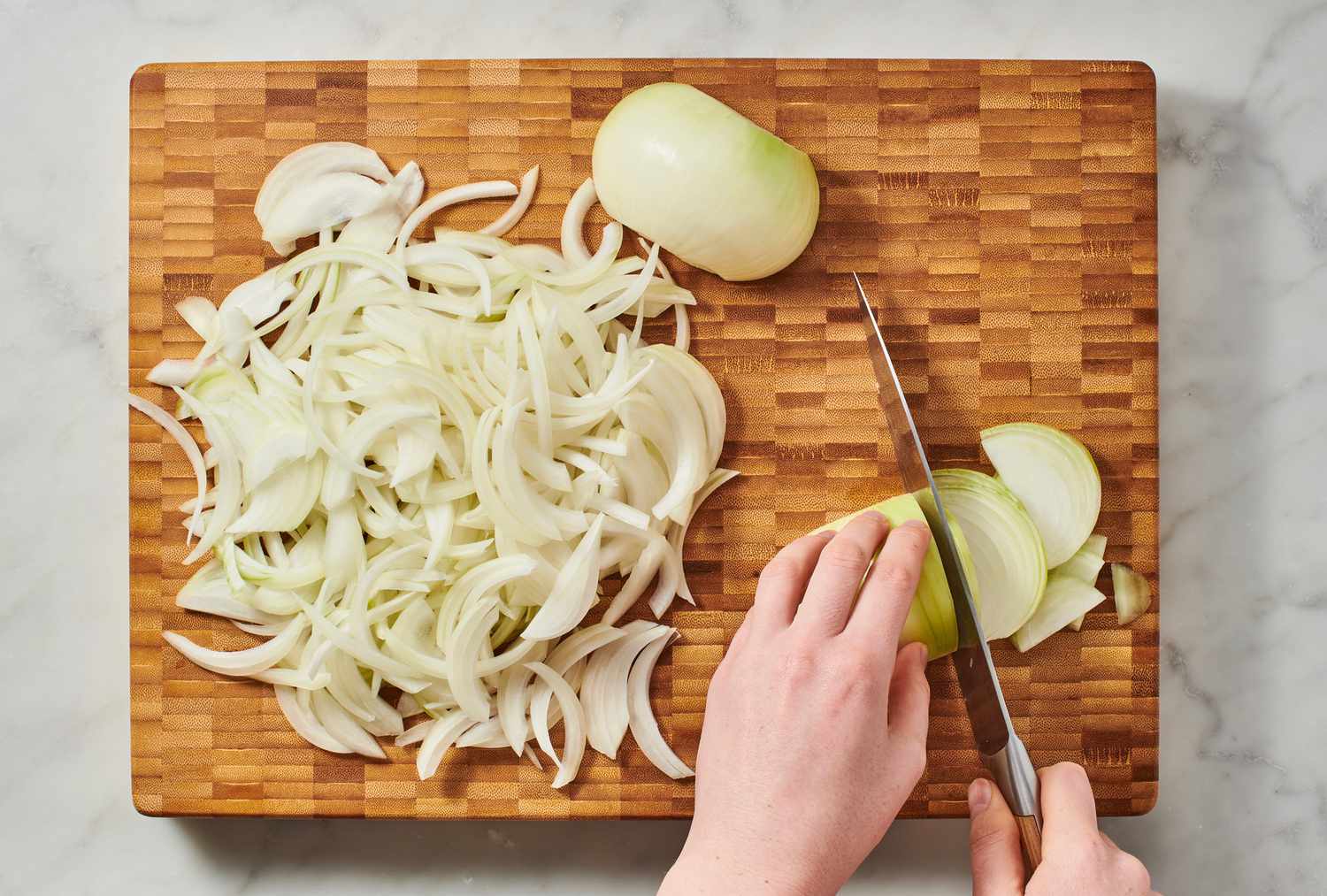How To Cut Acidity In Tomato Sauce Without Baking Soda
Tomato sauce is a staple ingredient in many dishes, adding a rich and tangy flavor to pasta, pizza, and more. However, sometimes the acidity of tomato sauce can be overpowering, causing heartburn or stomach discomfort for some people. While baking soda is commonly used to neutralize acidity, there are alternative methods to achieve the same result without relying on this ingredient. In this article, we will explore a few techniques you can use to cut the acidity in tomato sauce.
1. Add a pinch of sugar
Sugar is a great natural way to balance out the acidity in tomato sauce. While it won’t completely eliminate the acidity, it will help to mellow the flavor and make it more enjoyable. Start by adding a pinch of sugar, taste the sauce, and adjust as needed. Remember, a little goes a long way, so add it gradually to achieve the desired taste.
2. Use grated carrots or beets
Grated carrots or beets can be used to reduce the acidity in tomato sauce while adding a hint of sweetness. These vegetables are natural neutralizers and will help balance out the flavors in the sauce. Simply grate the desired amount of carrots or beets and add them to the tomato sauce while it simmers. Allow the sauce to cook for a bit longer to incorporate the flavors, and then taste to see if the acidity has decreased.
3. Incorporate creamy ingredients
Creamy ingredients like heavy cream, butter, or milk can help to cut the acidity in tomato sauce. These ingredients add richness and smoothness to the sauce and help to balance out the tangy flavors. Start by adding a small amount and gradually increase until you reach the desired taste and consistency.
4. Use low-acid tomatoes
The acidity level of tomatoes can vary depending on the variety. If you find that your tomato sauce is consistently too acidic, try using low-acid tomatoes. Varieties such as San Marzano or Roma tomatoes tend to be less acidic and have a sweeter flavor. Opting for these tomatoes can help reduce the overall acidity of your sauce.
5. Slow-cook the sauce
One effective way to reduce the acidity in tomato sauce is to slow-cook it for an extended period. The long cooking time allows the flavors to develop and the acidity to mellow out. Start by simmering the sauce on low heat for several hours, stirring occasionally. This slow-cooking process will give the tomatoes a chance to break down and release their natural sweetness, resulting in a smoother and less acidic sauce.
By implementing these alternative methods, you can successfully reduce the acidity in tomato sauce without the use of baking soda. Experiment with different techniques and ingredients to find the perfect balance of flavors that suits your taste. So go ahead, enjoy your tomato sauce without the discomfort of acidity!
Was this page helpful?
Read Next: How To Cut Pot Roast











